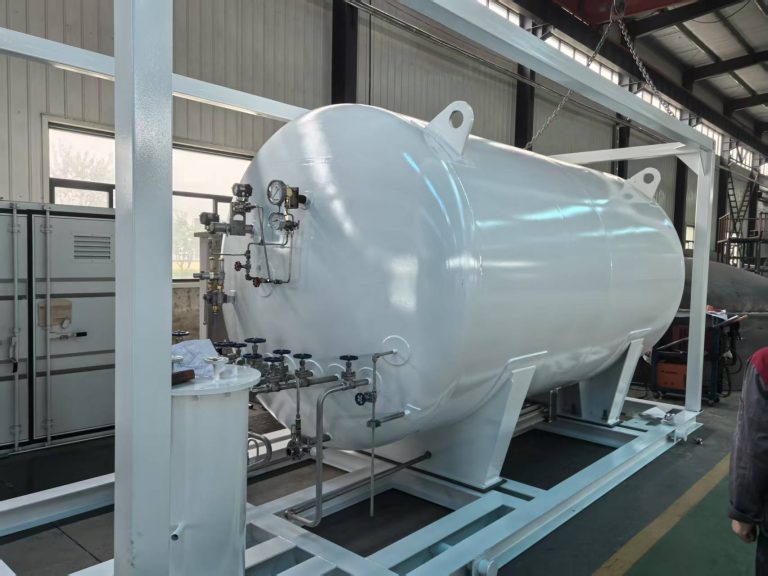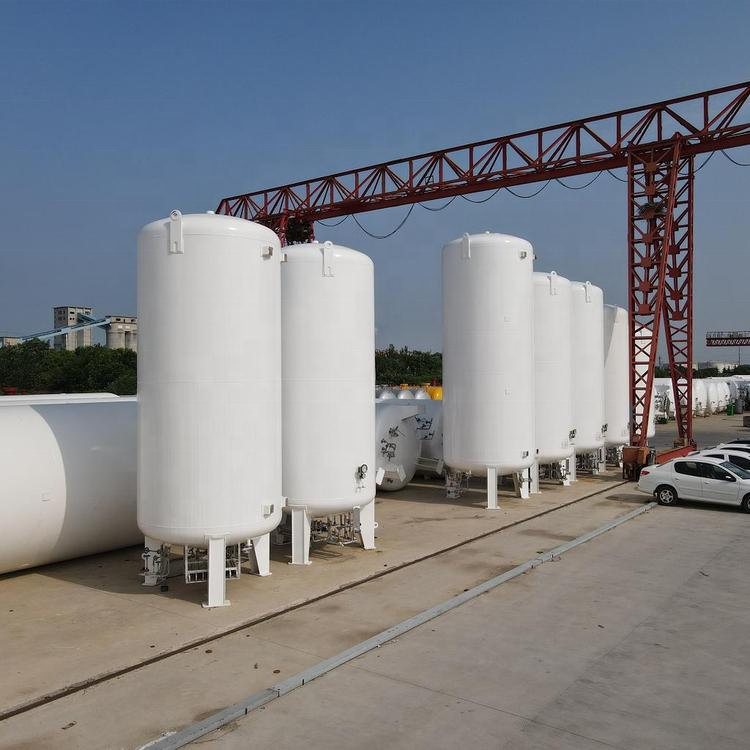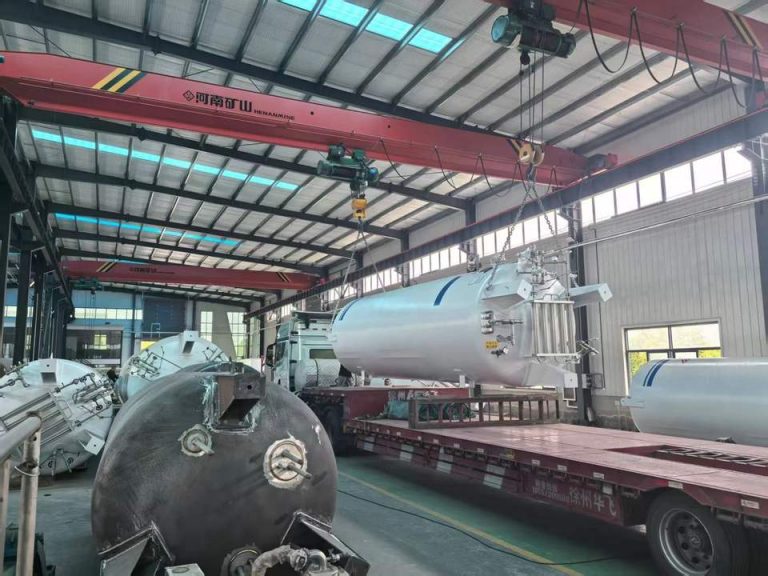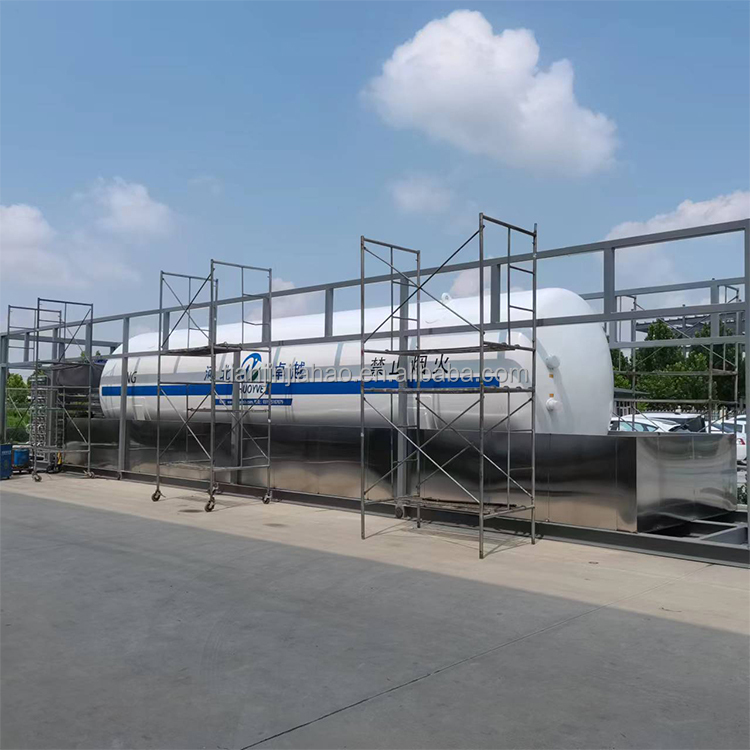The operational standards for liquid carbon dioxide storage tanks are a key concern for every enterprise in the current market. Since the substances stored in this equipment are highly prone to causing hazardous incidents, adherence to operational standards is critically important. However, in practical applications, how can the functionality of liquid carbon dioxide storage be ensured?
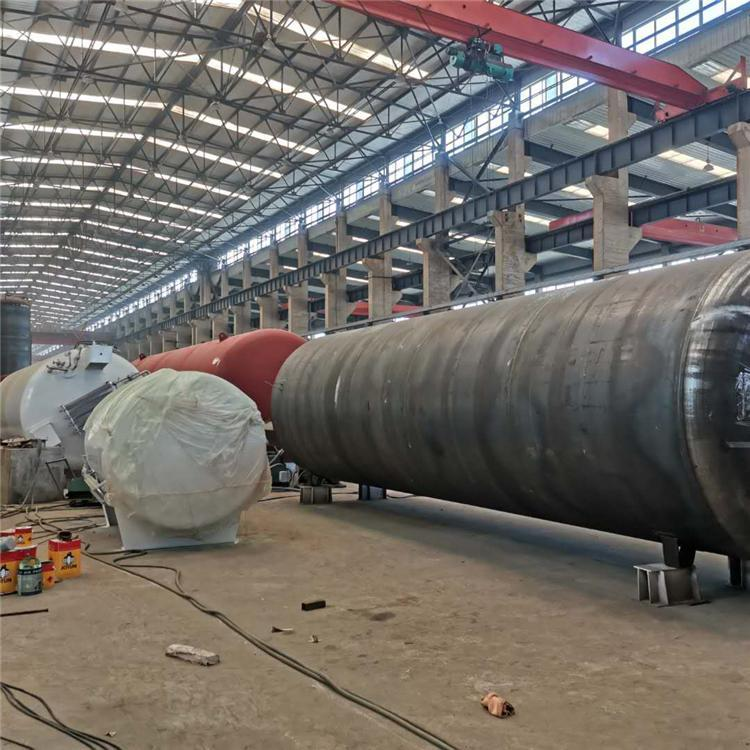
1.Industrial CO₂ Storage Guidelines
In industrial applications, liquid carbon dioxide storage tanks are commonly used to store liquid carbon dioxide. Given the specific properties of liquid carbon dioxide, certain precautions must be observed during storage to ensure effective and safe containment.
2.Tank Cleaning for Safe CO₂ Storage
When using liquid carbon dioxide storage tanks, ensure the interior is cleaned annually to prevent corrosion of the tank walls by the liquid carbon dioxide. Before cleaning, discharge all liquid carbon dioxide following proper procedures. Then, clean using a neutral cleaning solution, followed by a thorough second rinse with copious amounts of clean water.
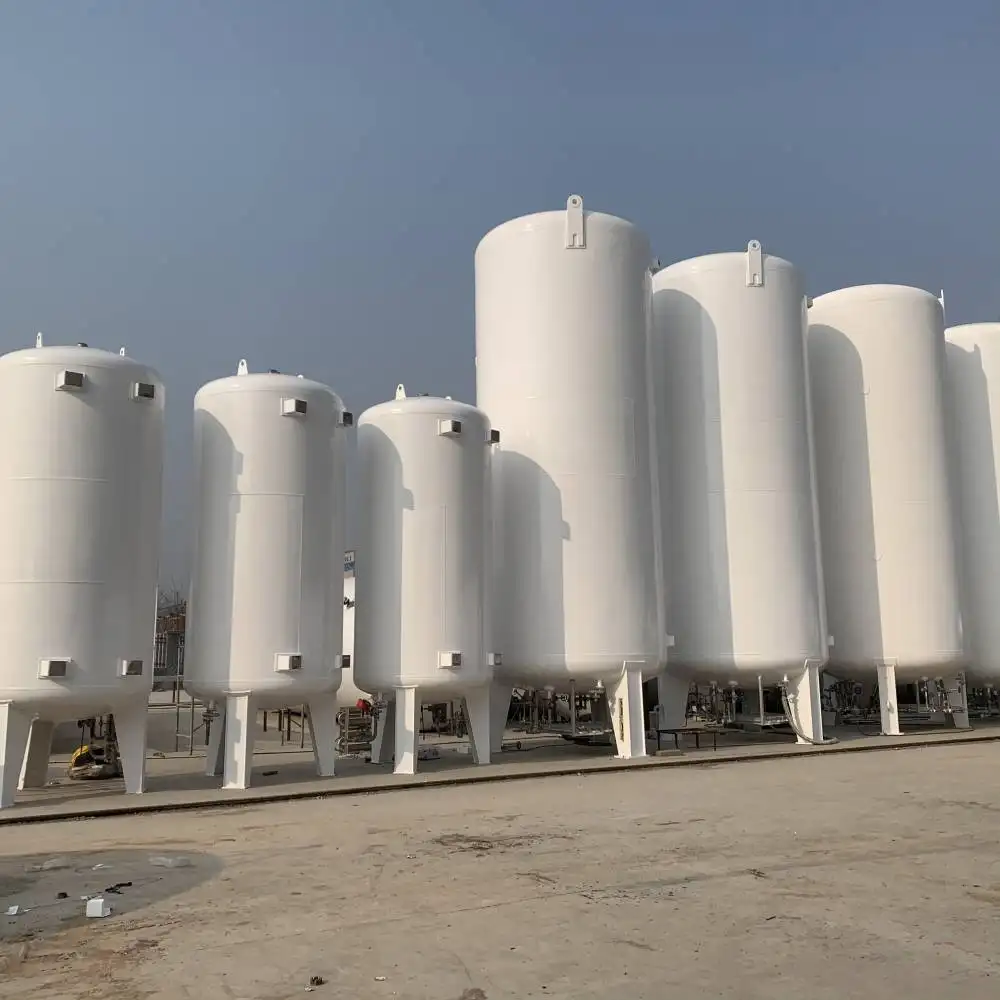
3.Low-Temp CO₂ Tank Cleaning Guidelines
After cleaning, the tank must not be immediately put back into service. Ensure all moisture inside is thoroughly dried. Pay close attention to the temperature of both the cleaning solution and the rinse water. Since the tank stores liquid carbon dioxide, maintaining low temperatures is essential. Therefore, the cleaning solution temperature should generally not exceed 40°C (104°F). Higher temperatures may adversely affect the tank’s performance. Properly label the low-temperature storage tanks for liquid carbon dioxide to accurately monitor storage conditions.
4.CO₂ Cryogenic Tank Care: Dry / Cool
Liquid carbon dioxide storage tanks are high-vacuum vessels designed for cryogenic liquid storage. Proper maintenance practices must be followed during operation to maximize storage efficiency, extend equipment lifespan, and reduce replacement frequency and associated costs. Before bulk filling with liquid carbon dioxide, pre-cool the tank by injecting an appropriate amount of liquid nitrogen. Only commence bulk filling once the internal temperature reaches the specified range. Maintain a dry and well-ventilated environment around the storage tank.



